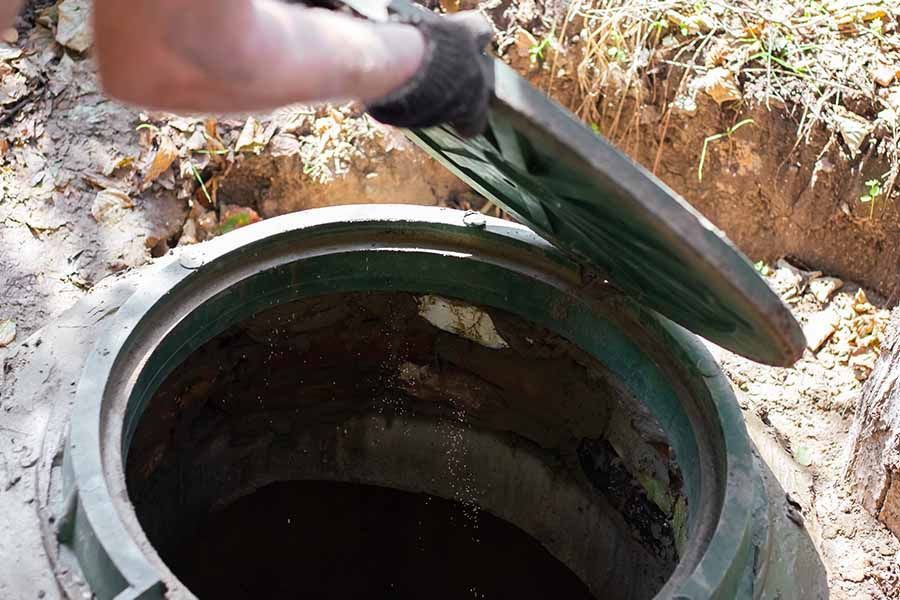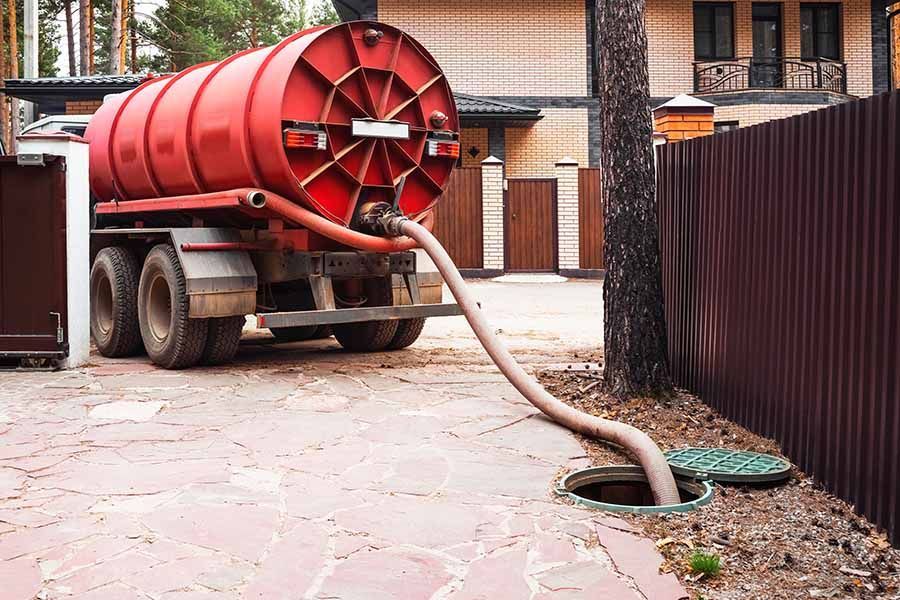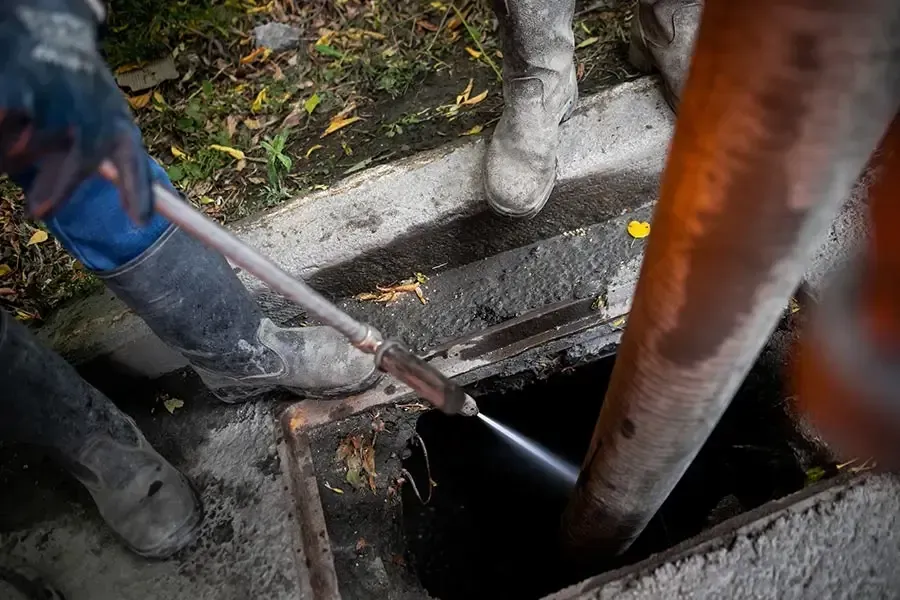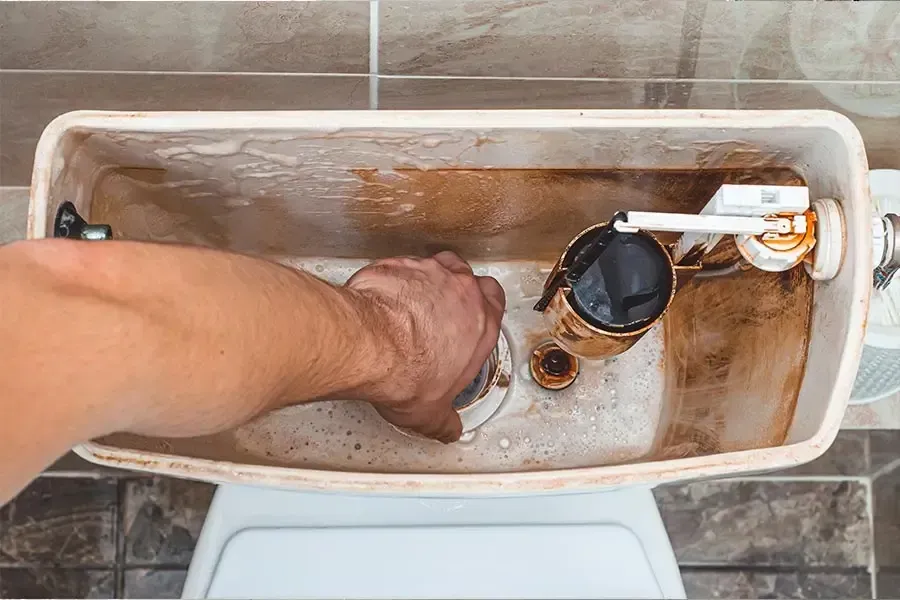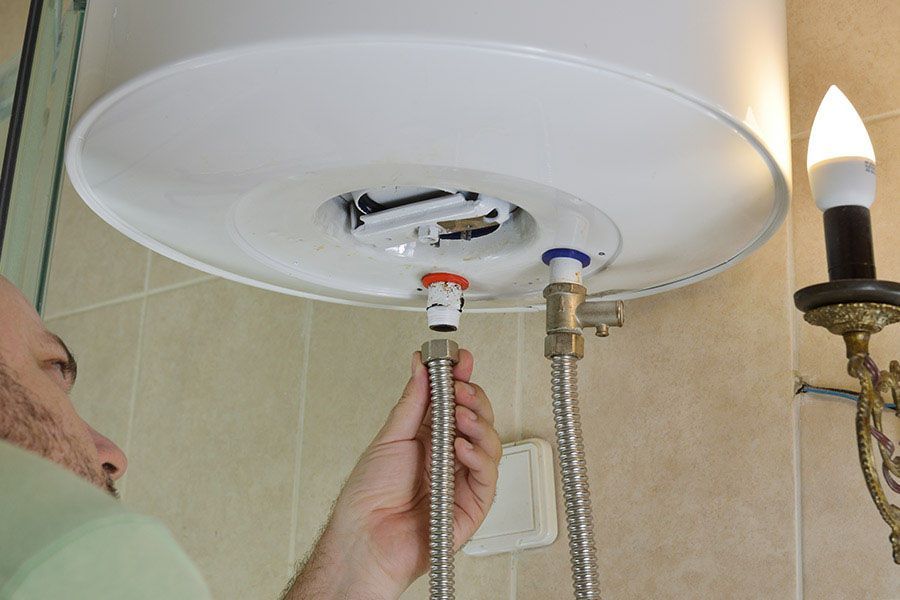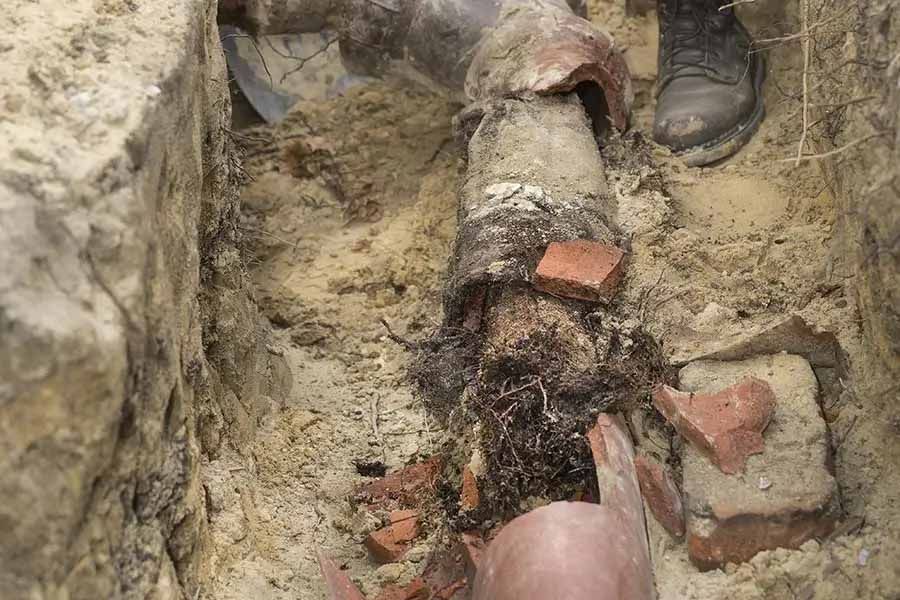
When was the last time you inspected your hot water tank?
Most homeowners like you don’t realize how much they rely on hot water until it’s not available anymore. What would happen in your household if you determined there was no hot water on a weekday morning? Yikes, no hot shower? And washing dishes in cold water would make a simple chore a difficult one. Fortunately, problems with your hot water tank can be avoided or delayed with little preventative maintenance. Here’s a hot water tank inspection guideline we recommend for you.
Hot Water Tank Inspection
You can perform this inspection and do the maintenance as long as you have the necessary tools. We recommend you inspect your hot water tank annually at a minimum. If you are in an area with hard water, you would want to check your tank more frequently. However, if you don’t feel that you want to tackle this job, then it’s likely well worth it to call in service professionals such as the crew at King’s Services of Winnipeg. Their highly skilled and professional team would be happy to help you assess your water heater’s condition and do the annual inspection for you.
Inspection Checklist
1. Clean sediment out of the tank to:
- Increase efficiency
- Decrease rust color
- Improve energy efficiency
2. Check the water temperature:
- Save money by keeping the temperature down during vacation mode or when you have less need.
- Prevent kids or elderly from getting scalded by accidentally turning the hot water valve all the way.
- Monitoring the water temperature valve once in a while is smart. Routinely changing the water temperature to accommodate your needs for hot water in your household is even sharper.
3. Insulate the pipes:
- Inexpensive insulation tubing that fits snugly around the hot water pipes can save energy costs.
Cleaning sediment out of your hot water tank is our #1 tip for ensuring its running at peak efficiency
Hard water (containing dissolved minerals like magnesium and calcium) can increase the amount of scale or sediment collecting inside your hot water tank. The more scale in the tank the less water it can heat at one time. You may notice that the amount of hot water you have in your house is decreasing incrementally and this may be the cause. Flushing out the scale and sediment in the tank is something that may need to be done more often than annually if you have hard water in your area but this task can really increase the longevity of your tank and improve energy efficiency as well.
To remove the scale, you need to:
- First, shut off power to the tank. Do this by shutting off the breakers on your electrical panel or by turning the temperature valve to pilot if you have a gas unit.
- Next, turn off the incoming cold water valve so that no more water flows into the tank during your draining procedure.
- Find the nearest water tap and turn on the hot water to drain out the existing hot water in the system. Leave the faucet open to make draining the system easier and to prevent a vacuum from forming in the lines.
- Attach a garden hose to the spigot on the bottom of the tank, open the drain valve and direct the water to an outside drain, or into a bucket you can empty quickly (use two pails to speed the process).
- Turn on the cold water valve briefly and add some water into the tank to flush any remaining sediment. Opening and closing the valve can stir up the sediment so repeat this a few times until the water is running out clear.
- Once the water is clear then close the
water heater drain valve and disconnect the garden hose. Now reopen the cold water valve and allow the tank to fill. Open all the hot water faucets throughout the house to clear out any air bubbles in the system. When the water flow is normal, then shut the taps down again and power the water heater back on. (Note: be sure that the tank is full before turning the power back on or you risk damaging the heating elements).
